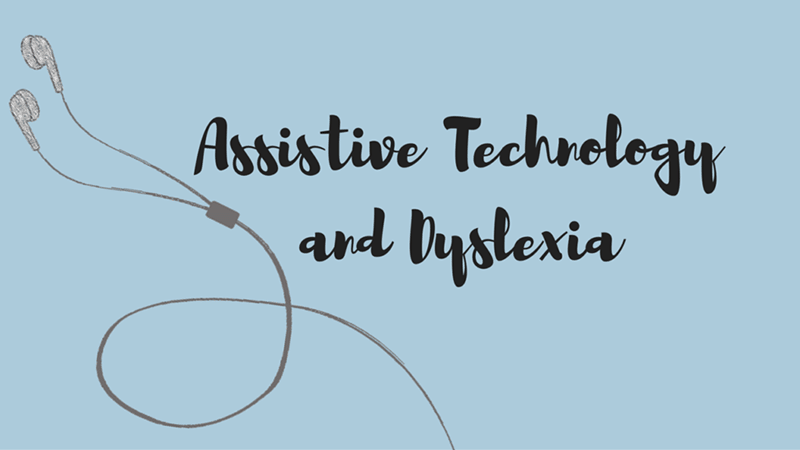Assistive Technology and Dyslexia
Written by Taylor Quinn
Published on May 16, 2016
 Assistive technology is used by individuals with disabilities to make accomplishing day to day tasks easier. Examples of AT include wheelchairs, eyeglasses, Braille printers, and alternative communication devices. For dyslexics, AT provides tools that make reading and writing easier tasks.
Assistive technology is used by individuals with disabilities to make accomplishing day to day tasks easier. Examples of AT include wheelchairs, eyeglasses, Braille printers, and alternative communication devices. For dyslexics, AT provides tools that make reading and writing easier tasks.
Today, those tools are often found in computer operating systems and software, but they also include audio books and websites. This technology is used to increase the independence of those who use it. These applications, although will not resolve your child’s problems, can greatly improve their lives.
Text-to-speech
This is probably the most popular form of AT today. This technology takes text and reads it out loud in the computer’s voice. It is built into most computers, tablets and phones but you can also find it independently.
Audiobooks
Audiobooks are a good option for students who do not like automated voices. These voices are natural and human. They are available in different formats, including audio CDs and MP3 files.
This application takes spoken words and makes them into printed text. This technology works well for students whose minds work faster than their speech. This form of AT is also referred to as dictation technology.
Word prediction
Word prediction software provides dyslexic students with spelling assistance while they type. This technology is like the one you may have on your smartphone while texting. After only a few characters are typed, it anticipates what the rest of the word will be and gives the user options. This is great for students who are working toward removing “training wheels.”
Electronic Graphic Organizers
Electronic graphic organizers allow students to organize information visually while completing writing assignments, taking notes on textbook chapters, and studying for tests. They are digital, so they are accessible to dyslexic students and can be used in addition to other AT tools for independent learning.
Although assistive technologies are very useful and can help a dyslexic student keep up with the demands of school, they are not to be used as a substitute for proper intervention and instruction. Lexercise will teach your child in a way their brain is wired to learn to make them a confident and independent reader, writer and speller in a matter of months.
Improve Your Child’s Reading
Learn more about Lexercise today.
Schedule a FREE
15-minute consultation


